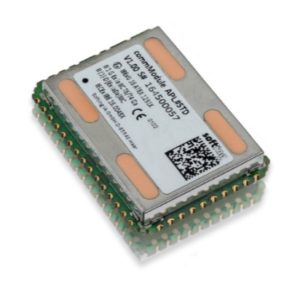 Today, I want to examine the new Ethernet Advanced Physical Layer (Ethernet-APL) specification that will eliminate standard Ethernet challenges that are holding back Ethernet adoption in the process control industries, especially in hazardous environments.
Today, I want to examine the new Ethernet Advanced Physical Layer (Ethernet-APL) specification that will eliminate standard Ethernet challenges that are holding back Ethernet adoption in the process control industries, especially in hazardous environments.
Intelligent field devices have their own computing capability and provide a wealth of diagnostic and maintenance information besides the actual process value. But extracting that intelligence is currently accomplished via a multitude of mainly incompatible vendor-specific communication protocols and physical layers.
I would like to quote André Fritsch of R. STAHL here:
“Ethernet Advanced Physical Layer (APL) technology holds the key to digitalization right through to the field level. In doing so, Ethernet-APL relies on global, open standards from the IEEE and IEC, as well as 2-wire solutions with 10 Mbit/s and suitability for distances of up to 1000 m, standardized as 10BASE-T1L.”
Since 2018, 11 leading manufacturers in the process industries, as well as the four major organizations for process automation FieldComm Group, ODVA, OPC Foundation, and PI, cooperated in the “Ethernet-APL Project” to develop fundamentals and specifications for Ethernet to the field.
Today, companies with existing field devices are looking for solutions to incorporate Ethernet-APL as quickly and cost-effectively as possible. A few technology providers are working on solutions to support device manufacturers to quickly integrate the new physical layer into new and existing products.
 For example, to shorten the time-to-market, device vendors can take advantage of embedded communications boards that support HART or Modbus on the device side (no need to dramatically redesign existing devices) and Ethernet-APL on the network side. Softing will soon release such an embedded communications board that translates HART or Modbus into Ethernet-APL.
For example, to shorten the time-to-market, device vendors can take advantage of embedded communications boards that support HART or Modbus on the device side (no need to dramatically redesign existing devices) and Ethernet-APL on the network side. Softing will soon release such an embedded communications board that translates HART or Modbus into Ethernet-APL.
The initial release of this board targets PROFINET as the application protocol that sits on top of Ethernet-APL. Out-of-the-box, the module will offer support for PA Profile 4.02 which makes this solution suitable for many applications in the process industry.
As Ethernet-APL is rolled out, migrations can begin in industrial facilities using existing twisted-pair cable in hazardous areas, while modernizing field devices to take advantage of standard Ethernet technology, eliminating the need for dissimilar communications technology, and simplifying support for networks and devices.
Softing can help with the task of embedded field device communications conversion to Ethernet-APL, so you can shorten your development cycle, minimize investment, and focus your expertise toward your smart field devices and be ready for today, and the future.
Learn more how this worked for R. STAHL here or here.

 Jeff Besola
Jeff Besola